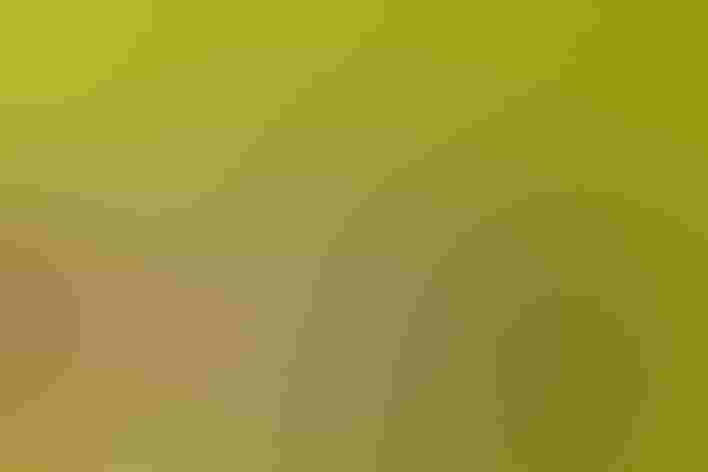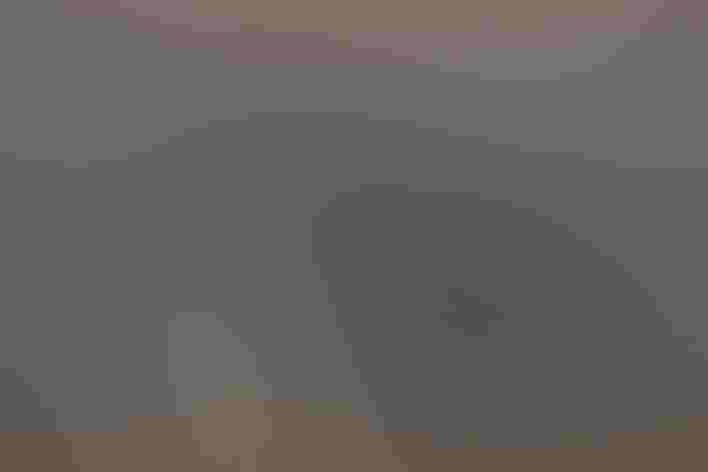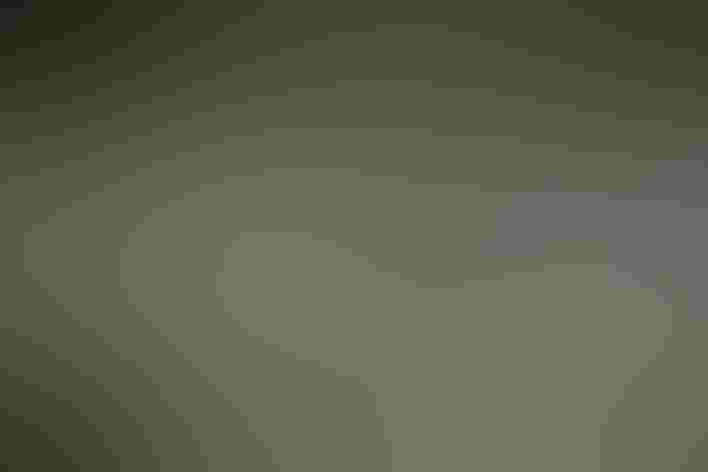Hooded Merganser
At a Glance
Mergansers are our only ducks that specialize in eating fish. The Hooded is the smallest of our three native merganser species, and often seems to be the least numerous, as it tends to live around swamps and wooded ponds where it may be overlooked. A cavity nester along wooded waterways in the temperate parts of North America, it has probably benefitted by taking advantage of nest boxes put out for Wood Ducks.
All bird guide text and rangemaps adapted from Lives of North American Birds by Kenn Kaufman© 1996, used by permission of Houghton Mifflin Harcourt Publishing Company. All rights reserved.
Category
Duck-like Birds, Mergansers
IUCN Status
Least Concern
Habitat
Coasts and Shorelines, Forests and Woodlands, Freshwater Wetlands, Lakes, Ponds, and Rivers, Saltwater Wetlands
Region
Alaska and The North, California, Eastern Canada, Florida, Great Lakes, Mid Atlantic, New England, Northwest, Plains, Rocky Mountains, Southeast, Southwest, Texas, Western Canada
Behavior
Direct Flight, Rapid Wingbeats, Swimming
Population
1.100.000
Range & Identification
Migration & Range Maps
Mostly a short-distance migrant; southerly breeders may be permanent residents. Migration is relatively late in fall and early in spring.
Description
16-19" (41-48 cm). Male's elaborate crest, white with black border, may be raised high or flattened. Compare to Bufflehead. Female smaller than other mergansers, more uniformly dark, with mostly dark bill; paler bushy crest shows at back of long flat head.
Size
About the size of a Crow, About the size of a Mallard or Herring Gull
Color
Black, Brown, Gray, White
Wing Shape
Narrow, Pointed, Tapered
Tail Shape
Pointed, Rounded, Wedge-shaped
Songs and Calls
Hoarse grunts and chatters.
Call Pattern
Flat, Simple
Call Type
Croak/Quack, Odd, Rattle
Habitat
Wooded lakes, ponds, rivers. In summer in forested country, along creeks, narrow rivers, edges of ponds. May be in more open marsh habitats if artificial nest sites are provided. In winter on woodland ponds, wooded swamps, fresh and brackish coastal estuaries.
Sign up for Audubon's newsletter to learn more about birds like the Hooded Merganser
Behavior
Eggs
10-12, sometimes 7-13. White. Eggshell thicker than in most ducks. Females often lay eggs in each others' nests, also in nests of Wood Ducks and others. Incubation is by female only, 26-41 days, usually about 33 days.
Young
within 24 hours after hatching, young leave nest; female calls to them from below, young climb to cavity entrance and jump to ground. Young find their own food; female tends young for several weeks. Young fledge about 70 days after hatching.
Feeding Behavior
forages by diving and swimming underwater, propelled by feet. Apparently finds all its food by sight; eyes adapted for good underwater vision.
Diet
fish and other aquatic life. Feeds mainly on small fish, crayfish and other crustaceans, and aquatic insects; also some tadpoles, a few mollusks, small amounts of plant material. Young ducklings eat mostly insects at first.
Nesting
Pairs may form in late fall or winter. In most courtship displays, male's crest is prominently raised and spread. Nest site is in tree cavity near water, usually 10'-50' above ground, rarely up to 80' or more. Also uses artificial nest boxes. Nest of natural wood chips and debris in bottom of cavity, with down added.
Conservation
Conservation Status
Undoubtedly declined in past with loss of nesting habitat (large mature trees near water). Now population seems to be increasing, helped by artificial nest boxes, including those intended for Wood Ducks.
Climate Threats Facing the Hooded Merganser
Choose a temperature scenario below to see which threats will affect this species as warming increases. The same climate change-driven threats that put birds at risk will affect other wildlife and people, too.











